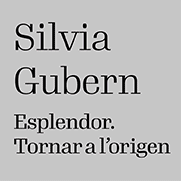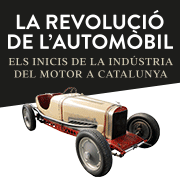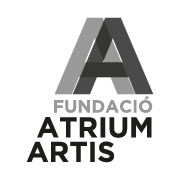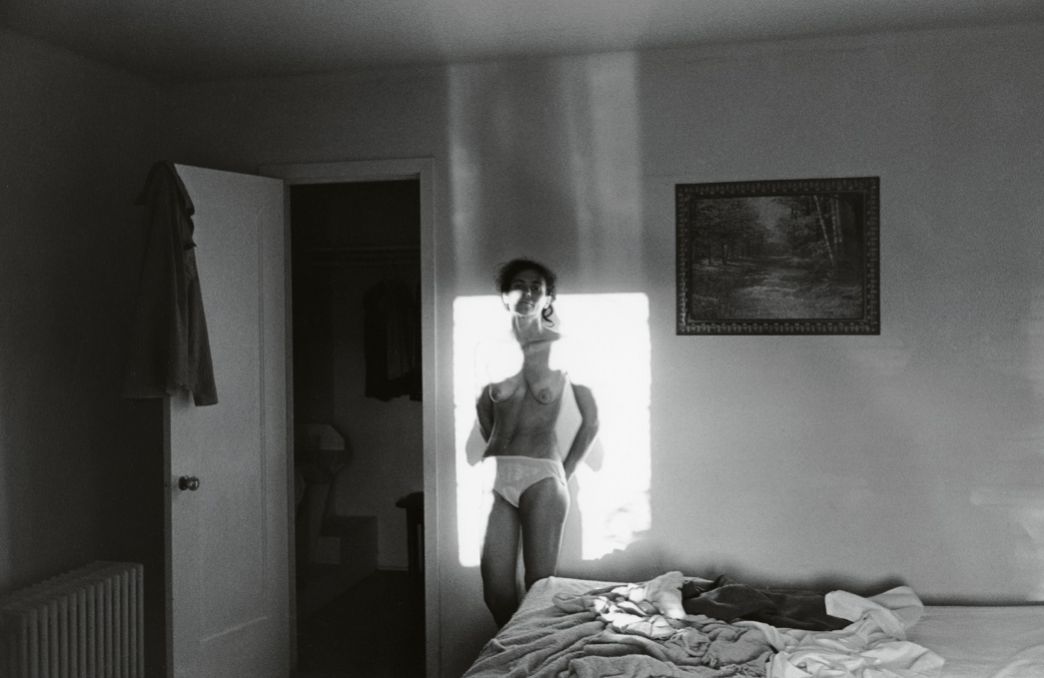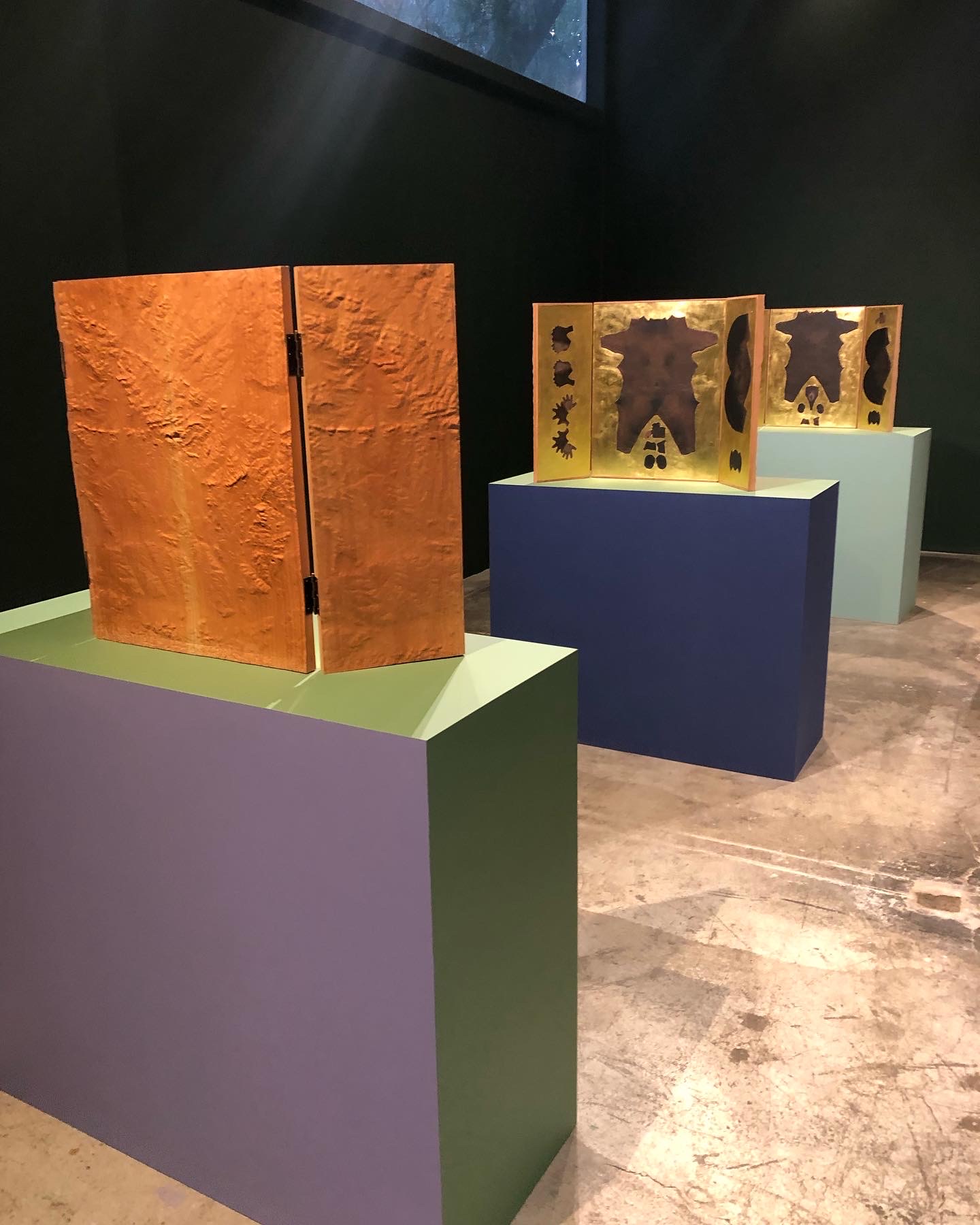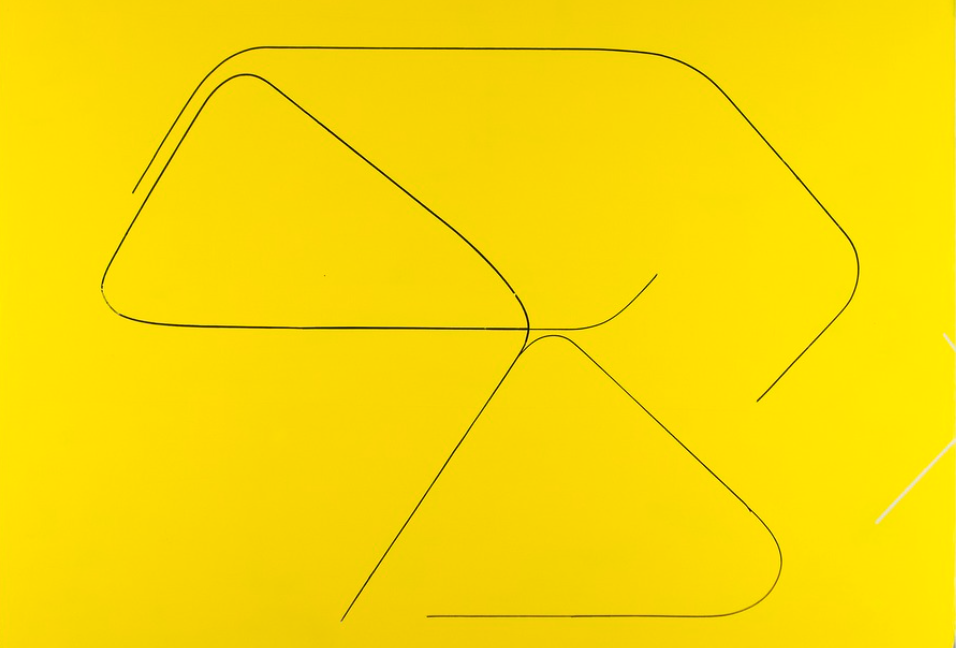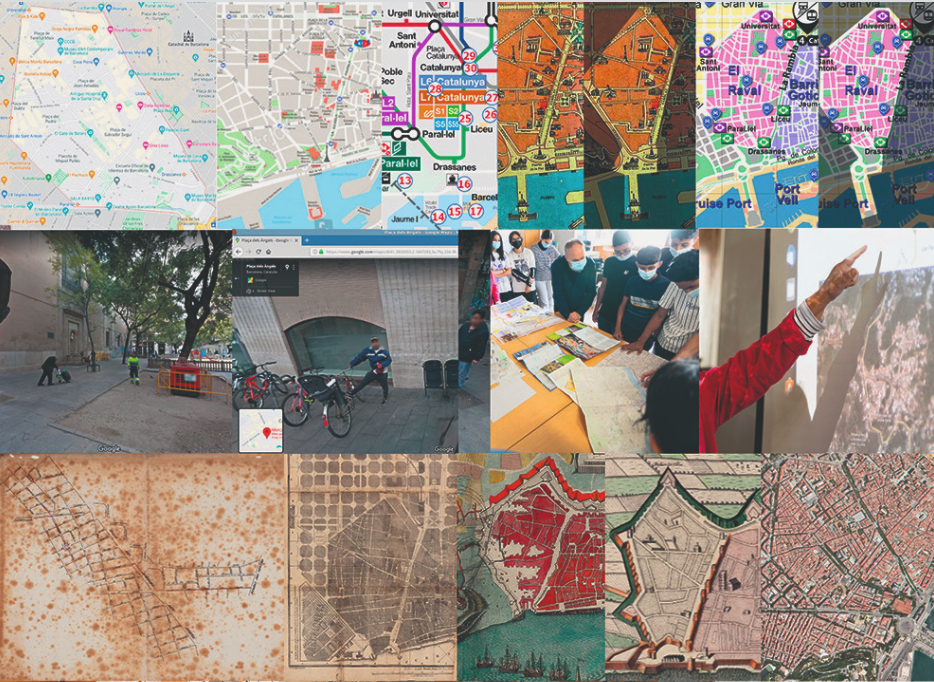Exhibitions
"The Tipel Factory: The Painted Dream" at the Arranz-Bravo Foundation
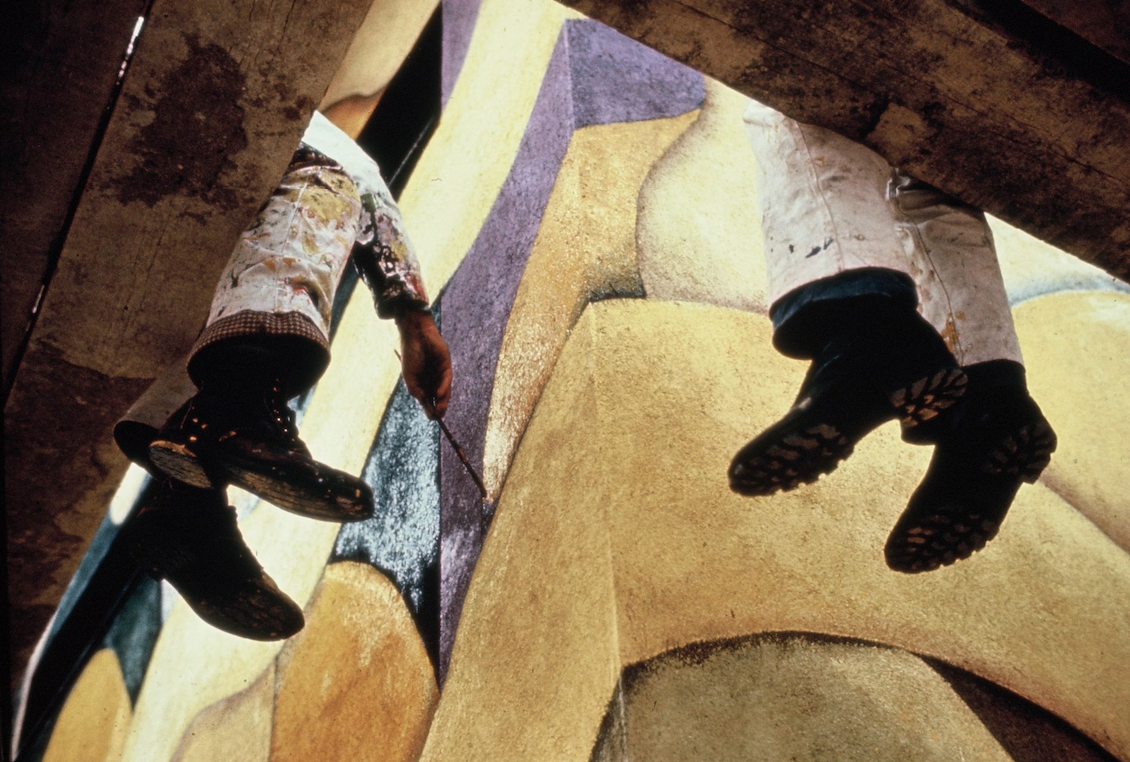
The Arranz-Bravo Foundation presents from February 17 to May 1, 2022, the exhibition The Tipel Factory: The Painted Dream, curated by Carles Toribio and Albert Mercadé. The exhibition recovers a whole set of unpublished materials that emerged in the course of the publication La fàbrica pintada, by Arranz-Bravo and Bartolozzi (Ajuntament de Parets, 2022), written by the historian Carles Toribio.
In February 1971, one of the most representative icons of the artistic culture of the seventies in Catalonia was inaugurated: the murals of the Tipel de Parts del Vallès factory, made by the painters Eduard Arranz-Bravo (Barcelona, 1941) and Rafael Bartolozzi (Pamplona, 1943 - Tarragona, 2009). The tandem of artists set out to overflow an initial commission from the businessman Isidor Prenafeta - a mural on a single exterior wall of the building - and expand it through the more than two thousand square meters of surface of the complete façade of the building. factory, even participating in the design of structural elements, such as the windows and the chimney, as well as the elaboration of sculptures - the 8 eight plaster sheep for the outside - or fun expanded painting initiatives - the trucks of the company, the shirts of the workers, and of other unusual objects. There was no precedent for such an initiative: in five months they will carry out what will be considered the largest mural in the world.
In just over five months, Arranz-Bravo and Bartolozzi applied themselves in a free and experimental work, pouring on the walls a genuine imaginary, representative of the new international painting: psychedelia, pop art and also their own style, at the same time ironic and vitalistic, typical of two of the most significant painters of his generation. The attempted censorship by the Ministry of Public Works, which wanted to eliminate the work by denouncing it as a "modernist" painting and "element of distraction" by drivers of the new Barcelona-Granollers highway, and the popular support that goes receiving the work to be saved, made the Tipel a symbol of freedom in the last years of the dictatorship.
The exhibition brings to light for the first time period photographs, preparatory drawings, paintings, objects, original sculptures from the factory, as well as a selection of dozens of articles published in newspapers and magazines of the time in defense of the factory, such as Serra d'Or (Cirici Pellicer), Gaceta Ilustrada (Baltasar Porcel), Oriflama, Bocaccio 70, LaVanguardia or Destino (Giralt Miracle, Joan Teixidor). The exhibition also recovers for the first time a selection of the numerous articles in international magazines and newspapers dedicated to Tipel, echoing what was considered the greatest pop painting of the time.


